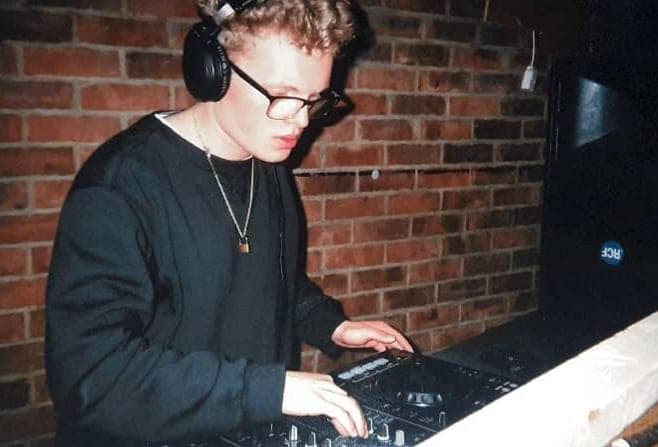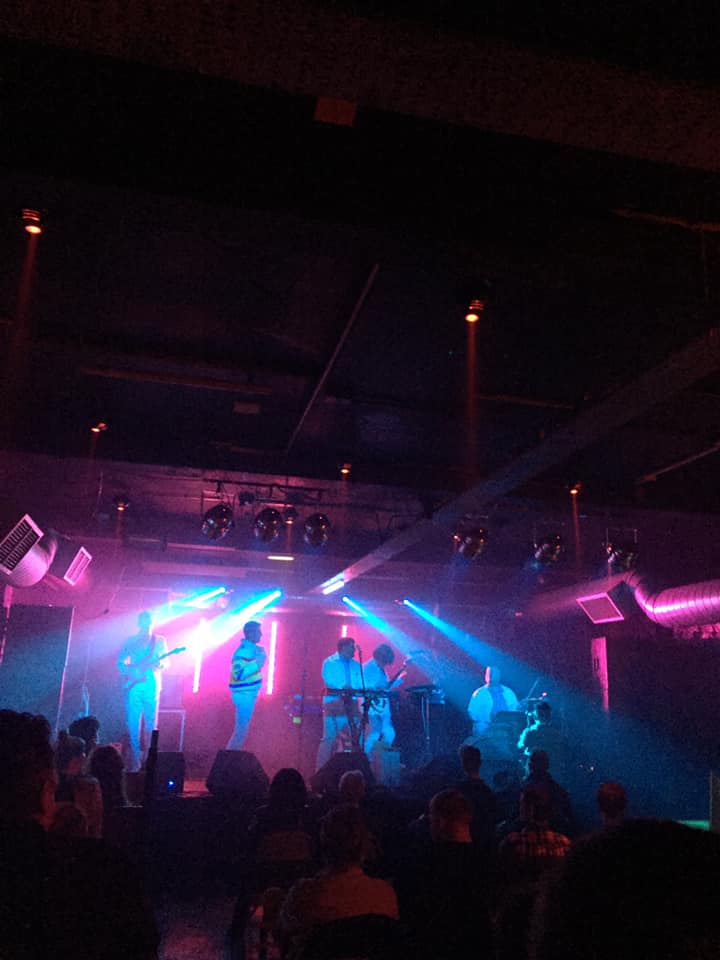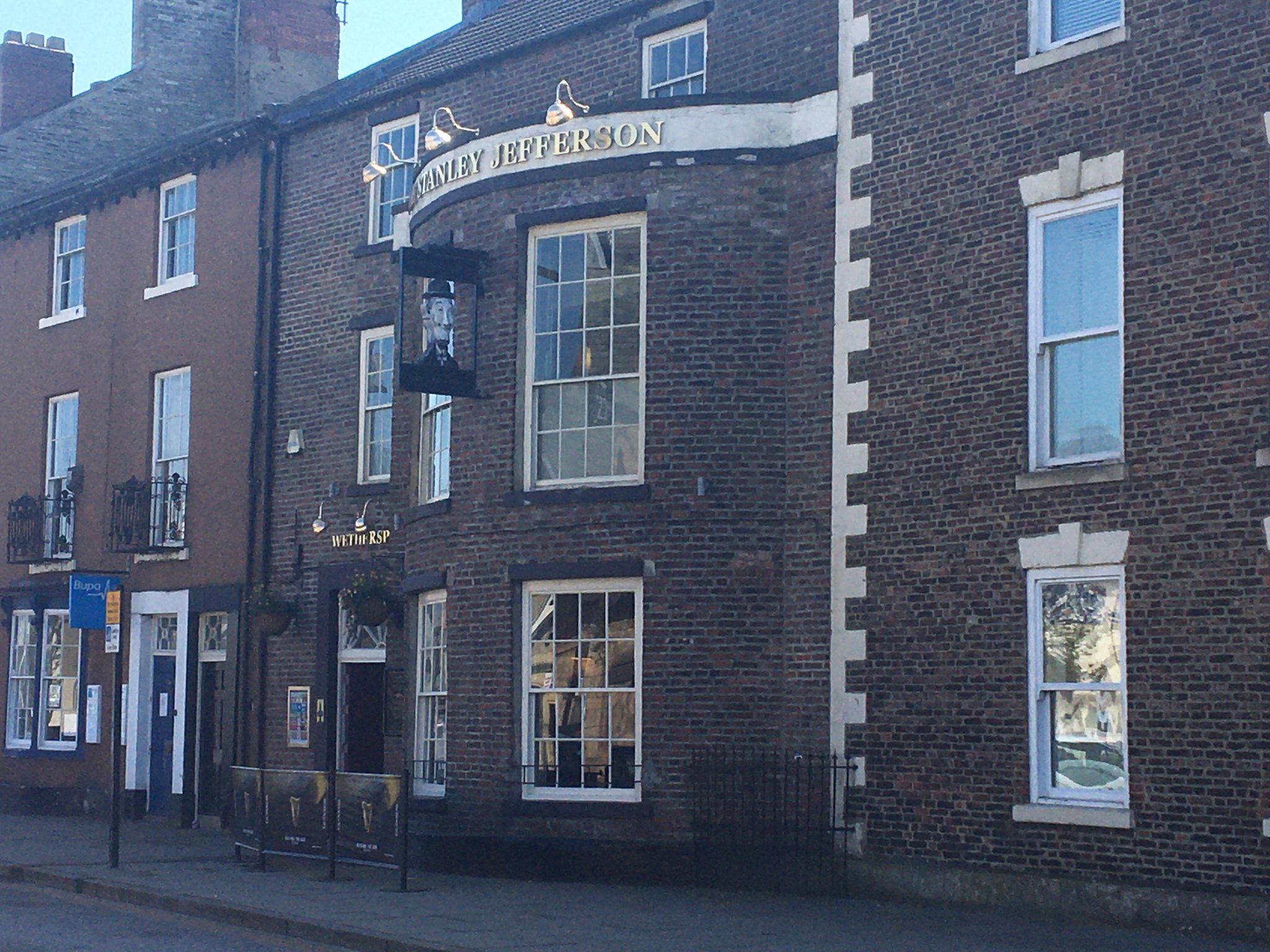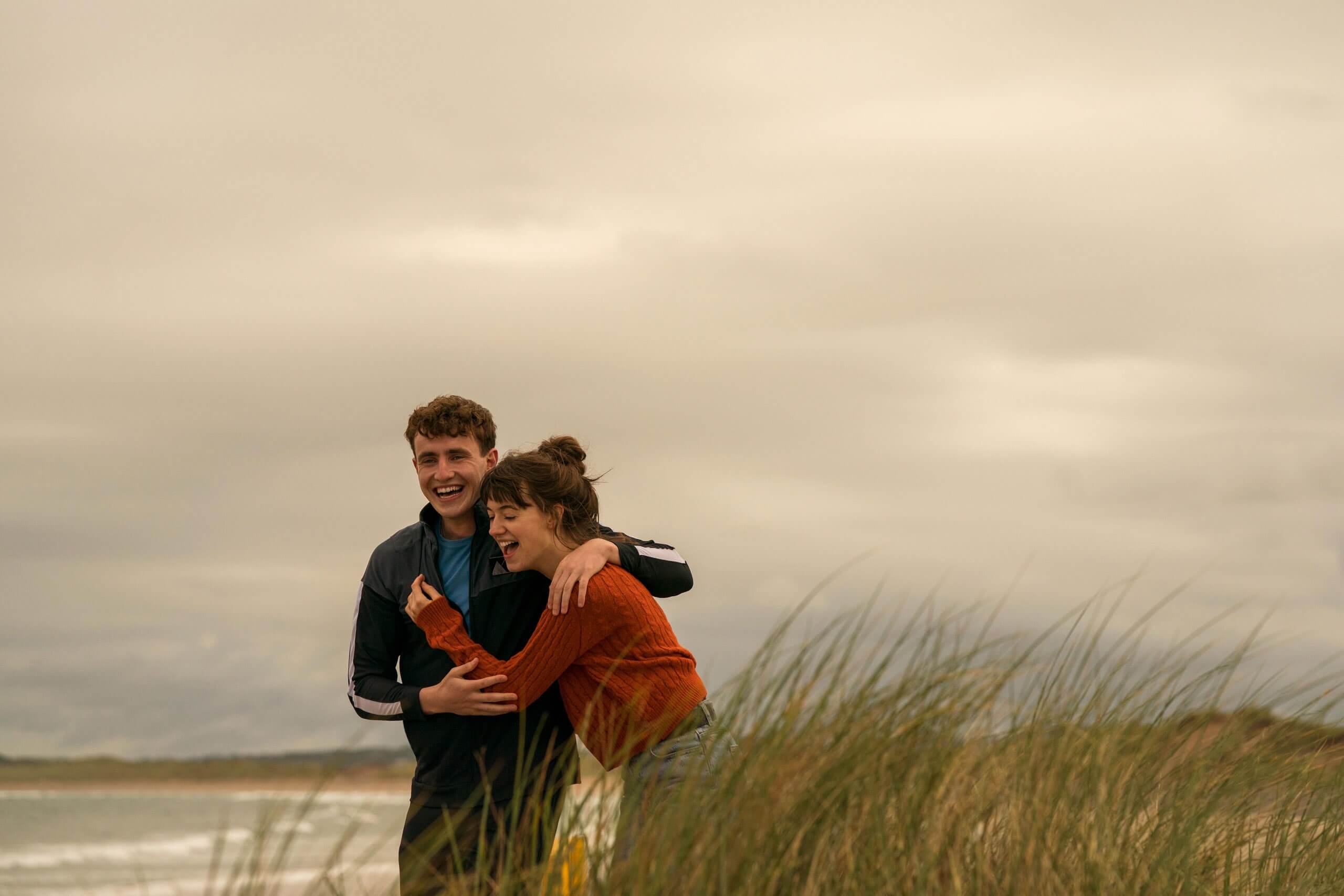How DJs and musicians are surviving the coronavirus culture catastrophe
16th April 2021With venue re-openings on the horizon, DJs and musicians are preparing themselves to return to live audiences and venues are excited to receive them. But is the link between audience and artist changing to a more digital format?

Credit: Robert Redpath
As the high streets begin to re-open, performing artists and musicians look forward to the return of venues up and down the country. It is a welcome release not just for fans of live entertainment, but those that wish to perform it. Nightclubs and live events have borne the brunt of lockdowns and socially distanced necessities, but over a year later and the return of gigs and DJing is on the horizon. Audiences and artists are beginning to reconnect in the no man’s land of nightclubs, but has the effect of a year without close encounters changed both artist and venue?
During the past year, many musicians and DJs sought other alternatives for their work. Their passion and gift for the craft, in some cases, was not enough to support them. Aram Michael Stuart, a DJ at Sunderland’s Independent venue, said; “I haven’t been able to make any money and pay my bills.” Having been unable to perform for so long, Stuart decided to seek work elsewhere at Hermes. “It’s nightshift so it kind of works being a DJ and always being a night owl.”

Vandebilt plays one of the final gigs of Independent, in November 2020. Credit: Aram Michael Stuart
It is a sad inevitability of the times we live in. Creative Industries Federation, a UK creative industries representative, reported that one in five creative jobs were expected to be lost. With a slump in working artists, the impact this will have on a gigging environment is troublesome for newcomers to the industry and the venues that supported them for so long.
Robert Redpath, a rising DJ from Sunderland, hopes that once there is a sense of normalcy, he can return to doing what he loves. “I know Upside Down has closed down at the minute, it actually shut down fully. But apparently, it’s coming back,” said Redpath, when asked what his next steps were for getting back into gigging. A main staple of the Upside Down line-up, the uncertainty felt not just by the venue owners but the artists they employ is causing severe financial issues and a strain on the wellbeing of the performers.
With venues reopening from April 12, 2021, there is a sense of relief for pub and venue hybrids. The Bay Horse in Bishop Auckland opened its doors for the first time in six months, offering a low capacity, reserved seating arrangement.
The Bay Horse hope to open their doors to musicians soon, but it is up to government legislation as to when that is possible. The current roadmap has indoor venues pegged for June 21, 2021, and owners throughout the North East are hopeful that this is possible. But the question on the mind of musicians now must be whether the return to in-person events is worth it, especially now that online gigging is an option.
Despite the complete closure of some venues, DJs and musicians have been able to continue sparking their creative flame. Livestreaming appears to be the prime and only option for many smaller artists wishing to make a name for themselves. For Redpath, his appearances in Beatport’s Top 100 and BBC North are events that can aid his notoriety. “…it’s gonna get your name out there more than a random nightclub event,” he said.
Networking for artists, seemingly, has improved. “…twitch seems to have been a success,” says Stuart. Even with socially distanced means, it is still possible to connect with others working in the industry. Redpath disagrees, saying; “…if you’re doing it (DJing) live, you get to speak to the club manager and you bump into other DJs and stuff.” It is quite difficult, he says, to network when “you’re sat by yourself.”
As far as audience reach is concerned, Redpath has reaped the benefits. For live streaming, he said that “…in terms of actual audience and reaching a better audience, I’d say it’s definitely a bit better.” The trade-off of live, atmospheric gigging, it seems, is the opportunity to reach a wider audience who can watch recordings and see an artist at work without distraction.
But there is little financial reward for those professionals looking to work in isolation. “A lot of bigger DJs can sell tickets to their live streams, which is a lot harder for smaller DJs,” says Stuart. Where venues provided a market for niche music tastes and a variety of genres, there is not as much scope for paid work in the online field. “I don’t think I have a big enough following being a niche DJ playing Indie. It’s a smaller market…” said Stuart.

As venues and pubs begin to open, there is a place for artists to network, but not to perform. Credit: Ewan Gleadow
Artists rely on venues as much as venues rely on artists, and the rift between the two is the cause of something completely out of their hands. Bridging that gap is the next step, and the sting from that first lockdown of March 2020 is still lingering on the mind of many a musician. Redpath said; “I was getting quite a few gigs, but then in March all of it stopped.” however this new and sudden free time allowed him to “start actually making music instead of just DJing.”
There is a silver lining for some, especially when artists are opened up to new avenues and opportunities. For some, it is a hobby, and for others a necessity to keeping their brand alive.
It is impossible to know what will happen for artists next. “Obviously, it’s the only way to really do DJing at the minute,” Redpath said of live stream opportunities, but there can be no real substitute for atmosphere and environment. Some artists may be surviving through these lockdowns thanks to new and exciting opportunities, but for how long they will remain viable is a question nobody can answer.

